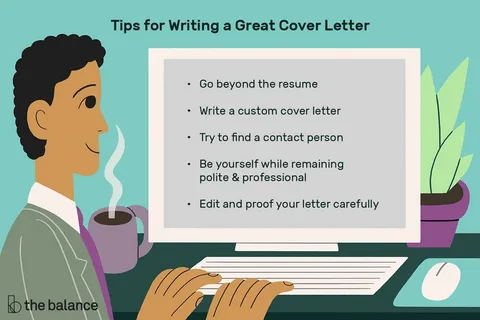Introduction
Your resume and cover letter are often the first impression you make on potential employers. Creating compelling, well-crafted documents is essential for standing out in today’s competitive job market. This guide will help you develop strong application materials that align with your job search strategy and effectively communicate your value to employers.
Understanding the Purpose of Each Document
Your resume and cover letter serve different but complementary purposes. According to research from The Muse, recruiters typically spend only 6-7 seconds reviewing a resume, making it crucial to create a clear, impactful document. This understanding is particularly important when considering career changes or targeting specific industries.
Creating a Targeted Resume
Your resume should be tailored to each position and highlight your most relevant skills and experiences. Your personal brand should be reflected in your resume’s content and presentation. Focus on achievements and results rather than just listing responsibilities, and ensure your resume aligns with the essential skills required for the position.
Writing an Engaging Cover Letter
A strong cover letter complements your resume by telling your professional story and explaining why you’re the ideal candidate for the position. The strategies for long-term career growth include effectively communicating your value proposition and career goals in your cover letter.
Optimizing for Applicant Tracking Systems
Many companies use Applicant Tracking Systems (ATS) to screen resumes. Understanding how to optimize your documents for these systems while maintaining readability for human reviewers is crucial. This knowledge is particularly important when applying for positions in larger organizations.
Common Mistakes to Avoid
Be aware of common pitfalls such as including irrelevant information, using generic language, or having formatting issues. Your application materials should reflect your professional network and industry knowledge while maintaining a clean, professional appearance.
Conclusion
Creating compelling resume and cover letter documents requires careful attention to detail, understanding of your target audience, and clear communication of your value proposition. By following these guidelines and continuously refining your documents, you can increase your chances of making a strong impression and securing interviews. Remember that your application materials are a reflection of your professional brand and should be treated as important marketing tools in your job search.
Frequently Asked Questions
Q: How long should my resume be?
A: For most professionals, a one-page resume is ideal. However, if you have extensive relevant experience, a two-page resume may be appropriate. Focus on quality over quantity and include only the most relevant information.
Q: Should I include a cover letter even if it’s optional?
A: Yes, submitting a cover letter when optional demonstrates initiative and provides an opportunity to tell your story. It can help you stand out from candidates who don’t submit one.
Q: How can I make my resume stand out?
A: Focus on quantifiable achievements, use action verbs, and ensure your resume is well-organized and easy to read. Tailor your content to the specific job and company, and highlight your unique value proposition.

